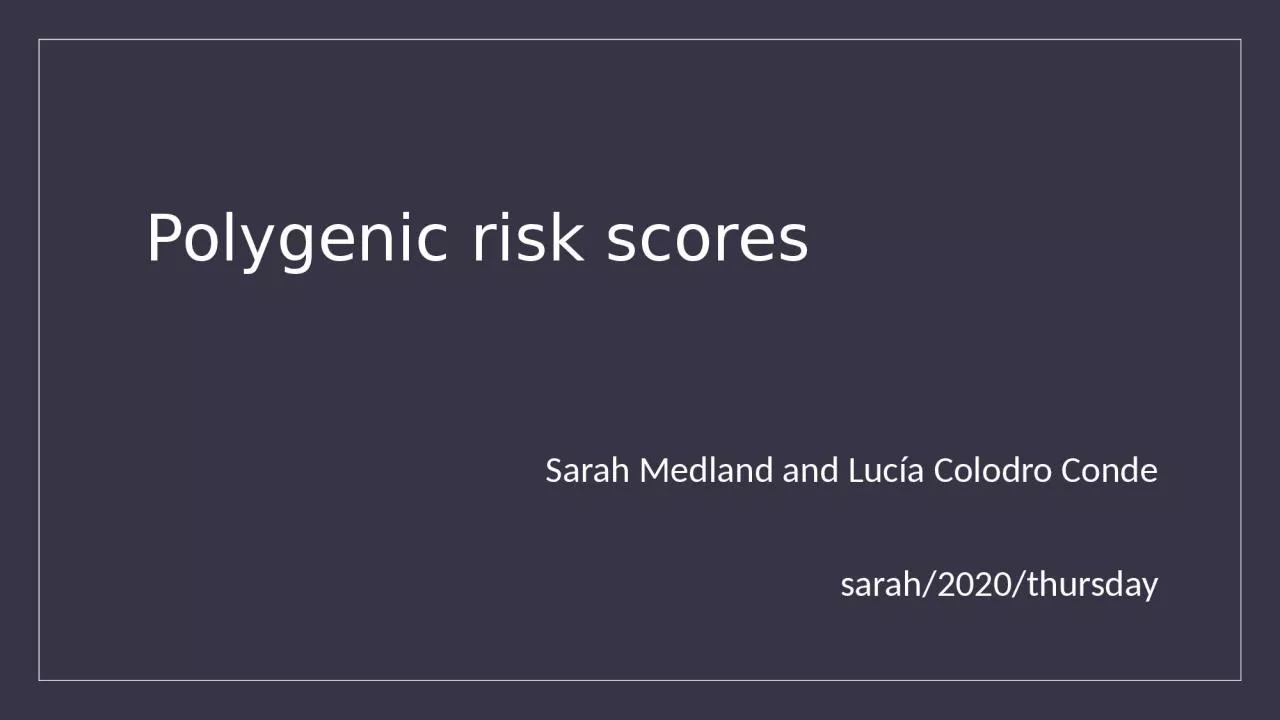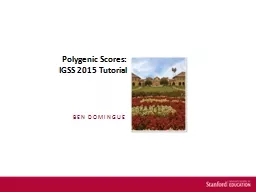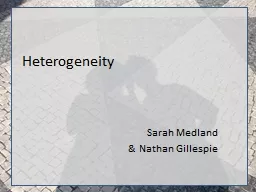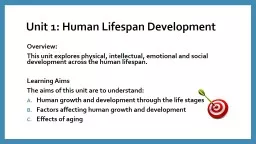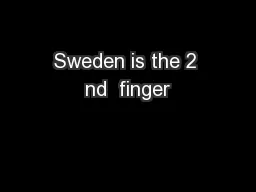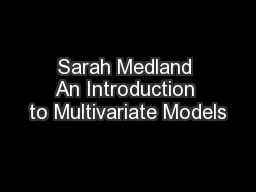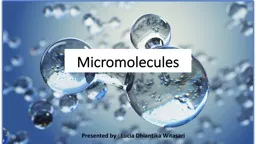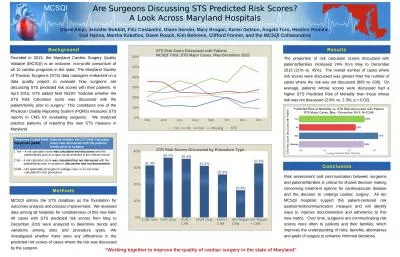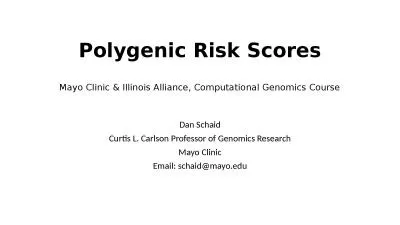PPT-Polygenic risk scores Sarah Medland and Lucía
Author : davis | Published Date : 2023-05-31
Colodro Conde sarah 2020 thursday What are Polygenic risk scores PRS PRS are a quantitative measure of the cumulative genetic risk or vulnerability that an individual
Presentation Embed Code
Download Presentation
Download Presentation The PPT/PDF document "Polygenic risk scores Sarah Medland and ..." is the property of its rightful owner. Permission is granted to download and print the materials on this website for personal, non-commercial use only, and to display it on your personal computer provided you do not modify the materials and that you retain all copyright notices contained in the materials. By downloading content from our website, you accept the terms of this agreement.
Polygenic risk scores Sarah Medland and Lucía: Transcript
Download Rules Of Document
"Polygenic risk scores Sarah Medland and Lucía"The content belongs to its owner. You may download and print it for personal use, without modification, and keep all copyright notices. By downloading, you agree to these terms.
Related Documents

